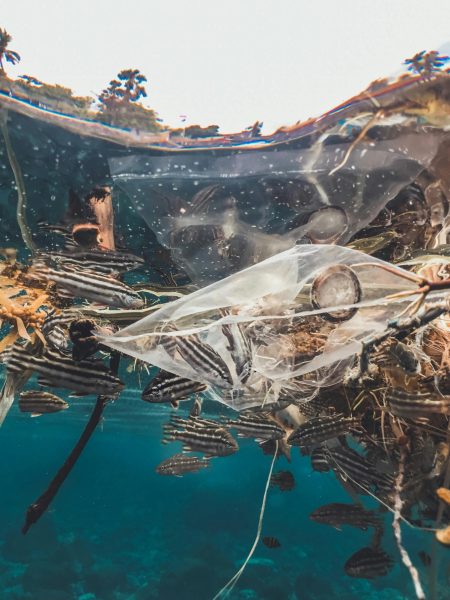The Monthly Bite: Whale Shark
The Monthly Bite: Whale Shark
Welcome to The Monthly Bite where we talk about all things fishy. In every article there is a featured marine animal along with some news and interesting finds in the Marine Biology community.
Featured Animal:
The whale shark, also known as Rhincodon Typus, weighs in at a max of 65,000 pounds and a length of 40 ft. long, making it the largest fish in the world. The whale shark, though the size of half a football field and having daunting name, is one of the many peaceful giants of the ocean. They are known for being sluggish and friendly and sighting one is a life-changing experience in the diving community. It’s diet consists of plankton that includes krill, tuna, small crustaceans, fish eggs, crab larvae and small fish and squid. The whale shark is actually one of the only three known shark species that are filter feeders.
Walt Stearns
A free diver swims along side one of the ocean’s largest species shark without fear of being attacked or even threatened for whale sharks in spite of titanic size are also some of the most benign creatures in the sea.
Whale sharks are found in tropical waters in seas around the world. Though whale sharks are docile, they are still apex predators like any other shark. As a result, if they were taken out of the ecosystem, the same response would happen\; the population of the prey would expand immensely. As for their social lives, they spend most of their time near the surface of the water in schools sometimes up to one hundred sharks. In these schools, the whale sharks are highly migratory, following the bloom patterns of their plankton prey.
Sadly, the whale shark is considered to be endangered by the International Union for Conservation of Nature (ICUN). This is due to the species’ long lifespan of 70 to 100 years and it’s late maturation age. It is also due to some of the biggest threats to all marine life: poaching, fisheries, and pollution. A large percentage of ocean pollution is comprised of fishing equipment such as lost or unaccompanied fishing nets, rods, and hooks. From this equipment, many marine animals die everyday from getting entangled and trapped within these nets or from these hooks.
Latest Oceanography and Marine Biology Finds:
As for recent finds, on September 5, 2019 a new whale species named Kurotsuchikujira (black Braid’s beaked whale), also known as Berardius minimus to the scientific community, was discovered. These types of beaked whales were known for occupying the deep ocean waters and have a long-dive capacity. The scientist, Curator Emeritus Tadasu K. Yamada of the National Museum of Nature and Science from the research team, explains, “Just by looking at them, we could tell that they have a remarkably smaller body size, more spindle-shaped body, a shorter beak, and darker color compared to known Berardius species [the species Kurotsuchikujira was often mistaken for].” It is certainly an exciting discovery.
In other news, the coral reef ecosystems are now under threat of extinction. Once again due to human stressors and climate change, coral reefs are in even more danger of extinction. A team of researchers from the American Friends of the Tel Aviv University initiated a long term monitoring of coral spawning, the process in which coral reefs reproduce. After the four years of intense study of the same coral reefs, one of the researchers named Shlesinger asserts that “[a]lthough it appeared that the overall state of the coral reefs at Eilat was quite good and every year we found many new corals recruiting to the reefs, for those species that are suffering from the breakdown in spawning synchrony, there was a clear lack of recruitment of new juvenile generations, meaning that some species that currently appear to be abundant may actually be nearing extinction through reproductive failure.” He also explains that one of the possible causes could be climate change because temperature plays a key role in coral reproduction cycles. It could also be possible that it is a result of hormonal disrupting from pollutants, which we know are accumulating in the marine environment due to the ongoing human activities.
So there you have it. Don’t forget to check back next month for the next feature marine animal, the “Killer Whale.”

Blake Sexton is a first year member of the Crimsonian staff. Blake is a Junior this year and wants to pursue a career in Marine biology. He is a part of...





